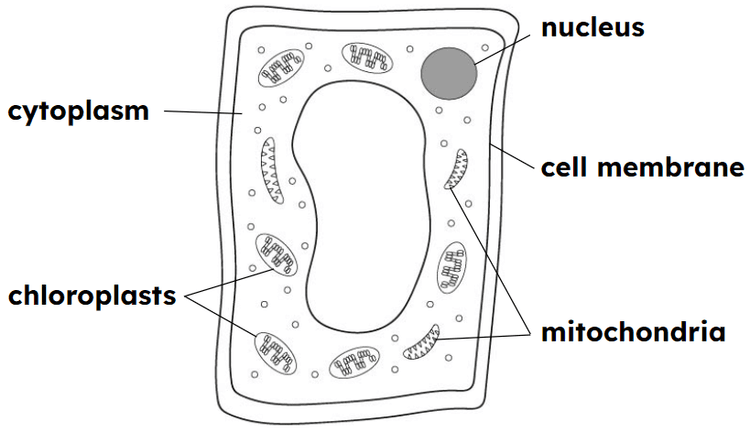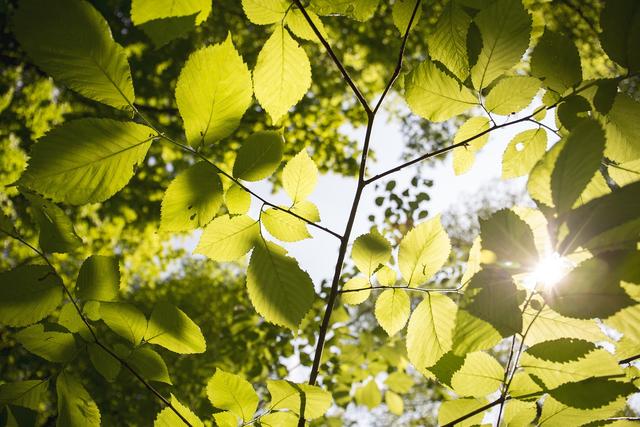New
New
Adaptations of plants for photosynthesis: absorbing light
You can describe how plants are adapted to absorb light for photosynthesis.
New
New
Adaptations of plants for photosynthesis: absorbing light
You can describe how plants are adapted to absorb light for photosynthesis.
These resources will be removed by end of Summer Term 2025.
Switch to our new teaching resources now - designed by teachers and leading subject experts, and tested in classrooms.
Lesson details
Key learning points
- Plant leaves are made up of cells that contain structures called chloroplasts.
- Photosynthesis takes place in chloroplasts.
- Chloroplasts contain chlorophyll, which absorbs light for photosynthesis.
- Plant leaves are thin to allow light to pass through to cells containing chloroplasts.
- Plant leaves have a large surface area to absorb light for photosynthesis.
Keywords
Chloroplast - Photosynthesis takes place in chloroplasts, which are small structures inside some plant cells.
Adaptation - A feature that helps an organism to function and survive.
Chlorophyll - A green substance inside chloroplasts that absorbs light for photosynthesis.
Surface area - The surface area of the top side of a leaf is the area through which light can be absorbed.
Common misconception
Not appreciating the links between form and function in biological structures.
This lesson develops a key cross-cutting idea in biology: the shapes and forms of biological structures are adapted for specific functions.
Task 2 could be done as a hands-on practical activity with real leaves and graph paper (or grids printed onto transparent OHP sheets).

Teacher tip
Licence
This content is © Oak National Academy Limited (2025), licensed on Open Government Licence version 3.0 except where otherwise stated. See Oak's terms & conditions (Collection 2).
Starter quiz
Download starter quiz
6 Questions
Q1.
Which two substances should appear before the arrow in the word summary of photosynthesis?

glucose
minerals
oxygen
Q2.
Which two substances should appear after the arrow in the word summary of photosynthesis?

carbon dioxide
minerals
water
Q3.
In addition to carbon dioxide and water, what else is needed for photosynthesis to take place?

carbohydrate plant food
nutrients from soil
oxygen gas
Q4.
Photosynthesis takes place inside the that a plant’s leaves are made from.
Q5.
Which part is only found in plant cells?

cell membrane
cytoplasm
nucleus
mitochondria
Q6.
In which part does photosynthesis take place?

cell membrane
cytoplasm
nucleus
mitochondria
Exit quiz
Download exit quiz
6 Questions
Q1.
What is the name of the cell structure in which photosynthesis takes place in plant cells?
Q2.
What is the role of light in photosynthesis?

It is a product of photosynthesis.
It is a reactant in photosynthesis.
It is turned into food during photosynthesis.
Q3.
What substance inside chloroplasts absorbs light?
Q4.
Which part of this leaf contains the most chlorophyll?

Part B
Part C
Part D
Q5.
In which part of this leaf will the most photosynthesis take place?

Part B
Part C
Part D
Q6.
Who correctly explains why leaves have a large surface area?

Andeep: “The surface area is large because leaves are thin.”

Jacob: “It allows them to take in more water.”


Sofia: “A large surface area means light can pass through the leaf."


